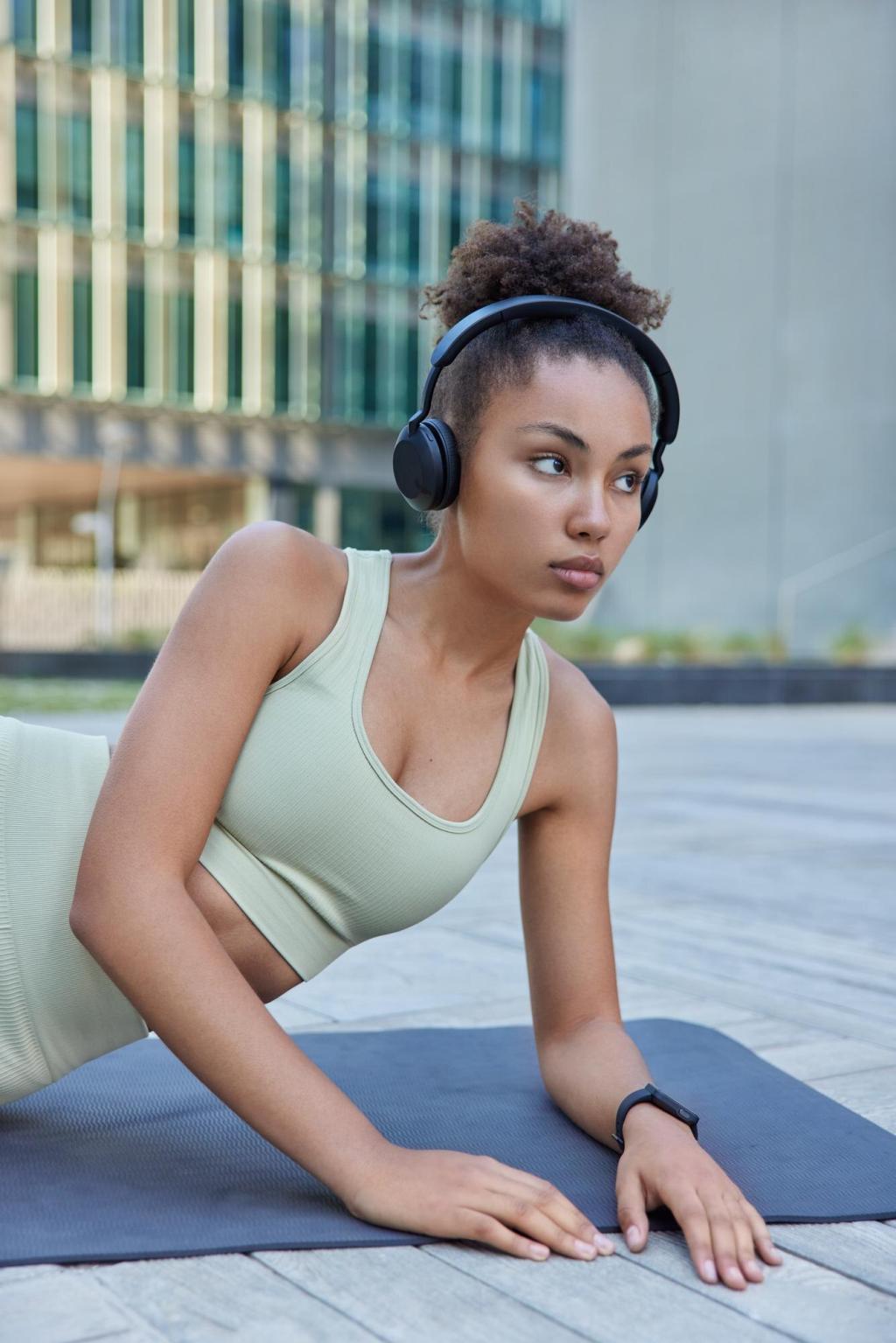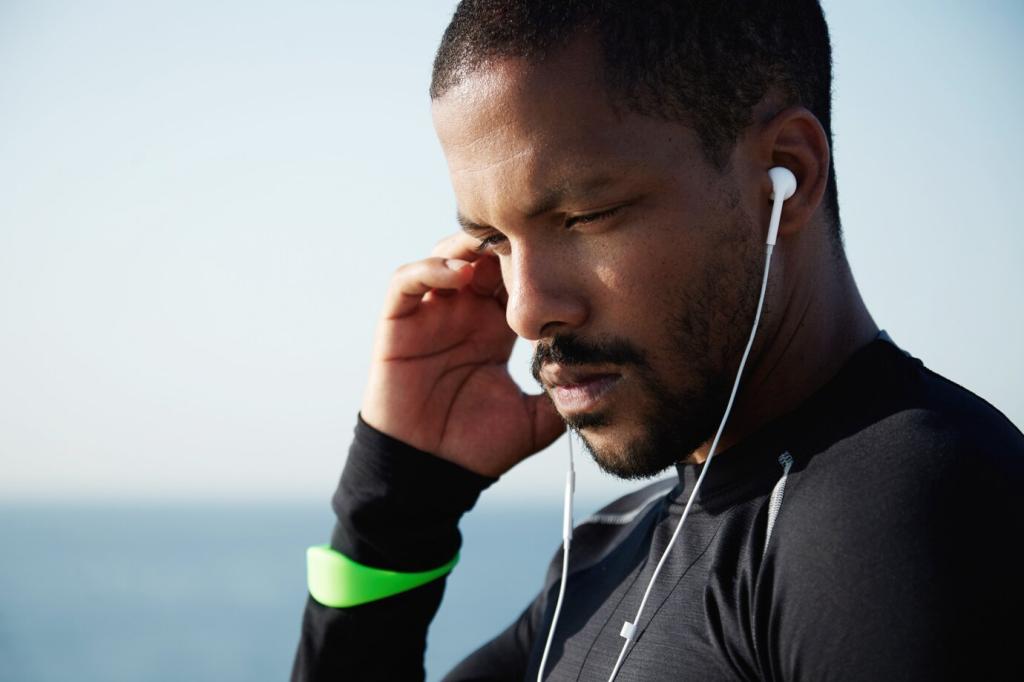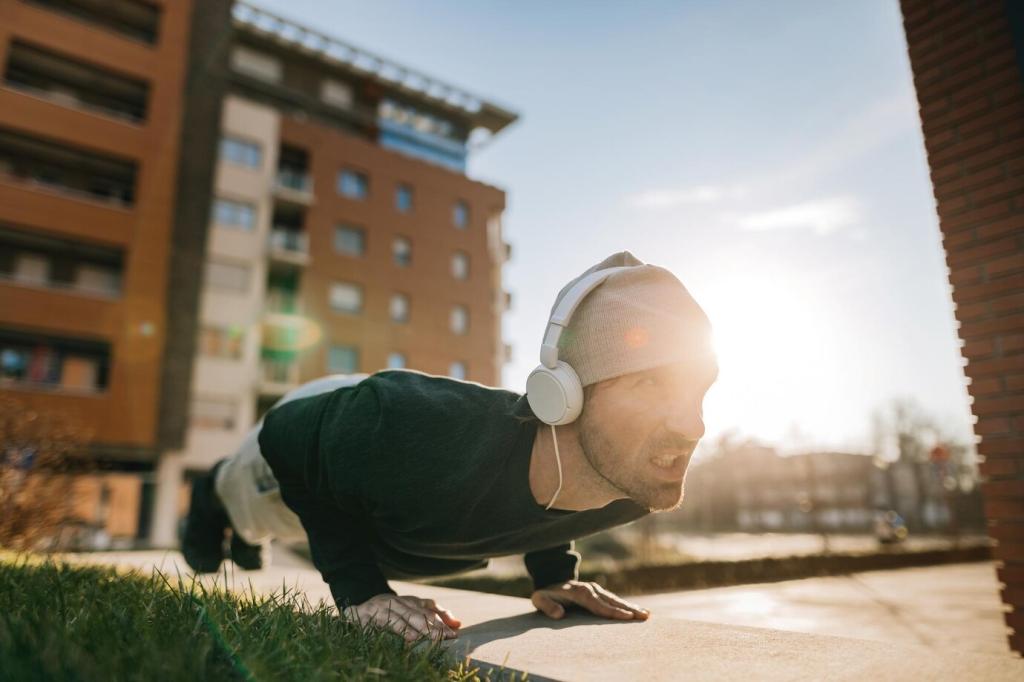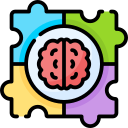The Role of Meditation in Sports Training
Chosen theme: The Role of Meditation in Sports Training. Step into a focused, resilient mindset where breath, awareness, and intention sharpen performance, accelerate recovery, and build unshakeable competitive calm—on game day and every practice in between.

Mindful Foundations: Why Meditation Matters in Sport
Slow, steady breathing activates the parasympathetic nervous system, helping athletes lower heart rate, reduce cortisol, and stabilize attention. Try counting five breaths before drills, and tell us how your focus shifts during warm-ups.
Meditation trains selective attention, enabling quicker refocusing after errors and longer stretches of deep concentration. That’s the soil where flow grows. Share a time you felt effort melt and decisions click.
Before a 10K, a runner spent three minutes noticing foot pressure and breeze on skin. The gun fired; anxiety softened into rhythm. Have you tested a micro-meditation pre-start? Comment with your routine.

Sharper Decisions Under Pressure
A simple 60-second breath-and-cue ritual calms chatter and anchors intent. Inhale focus, exhale tension, repeat a concise purpose phrase. Try it before scrimmages, then report your first five minutes’ clarity.
Sharper Decisions Under Pressure
Mindful scanning reduces tunnel vision, helping athletes perceive angles, spacing, and opponent cues earlier. Practice open monitoring between plays, and note decisions that felt cleaner. Share what you noticed most clearly.

Recovery, Resilience, and Sleep
Body Scan for Muscular Release
A ten-minute body scan post-session quiets the nervous system and reveals subtle tightness before it becomes limitation. Log your hotspots for a week and comment on soreness patterns you discover.
Sleep Rituals for Athletes
Low-light breathing with gentle exhale emphasis prepares the body for deeper sleep stages. Pair with device curfew and a calming phrase. What pre-sleep habit helps you most? Share tactics other athletes can try.
Injury Rehab and Pain Perception
Mindfulness reframes pain as changing sensations instead of threats, reducing fear and guarding. A cyclist used it to stay patient through tendon rehab. Tell us how you maintain motivation during long recoveries.
Team Culture and Leadership Through Mindfulness
Mindful Huddles and Reset Cues
Thirty seconds of shared breathing between quarters synchronizes tempo and language. A simple cue word—steady—aligns mindset. Try it next match and message us the shift you felt in team cohesion.
Compassion and Constructive Feedback
Meditation fosters non-reactivity, turning feedback into curiosity rather than defense. Teammates listen longer and speak clearer. What phrase keeps your feedback respectful and sharp? Add it to our community list.
Coaches as Calm Conductors
When coaches model presence, athletes borrow it under pressure. Replace frantic instructions with grounded clarity. Subscribe for a monthly playbook of five-minute locker room practices that leaders can implement today.

Micro-Meditations Inside Workouts
Insert twenty-breath resets between sets or intervals to stabilize mechanics and intent. It’s a mental palate cleanser that keeps quality high. Try it once this week and share perceived effort changes.
Long-Form Sessions on Rest Days
Use fifteen to twenty minutes on recovery days for deeper practices—body scan, open monitoring, or loving-kindness to soften self-critique. Bookmark this plan and tell us your favorite rest-day sequence.
Taper Week: Mental Deload
Reduce volume, keep frequency. Short, consistent check-ins maintain confidence without overthinking. Visualize starts, transitions, finishes. Comment if taper anxiety eases when you treat thoughts like passing weather.
Tools, Cues, and Tracking What Works

Anchors and Trigger Words
Pick a tactile anchor—thumb and forefinger touch—and a one-word cue aligned with intent, like precise. Pair them with breath. Which cue word sharpens your edge? Share it to inspire fellow athletes.

Environment Design for Consistency
Create small rituals: sit in the same corner of the locker room, face away from distractions, breathe with eyes soft. Consistency trains state. Post a photo of your focus space to our community thread.

Simple Metrics: HRV, RPE, and Mood
Track a few indicators—heart-rate variability, session RPE, and mood notes—to see correlations with meditation frequency. Keep it light and sustainable. Subscribe to get a printable weekly tracker template.
